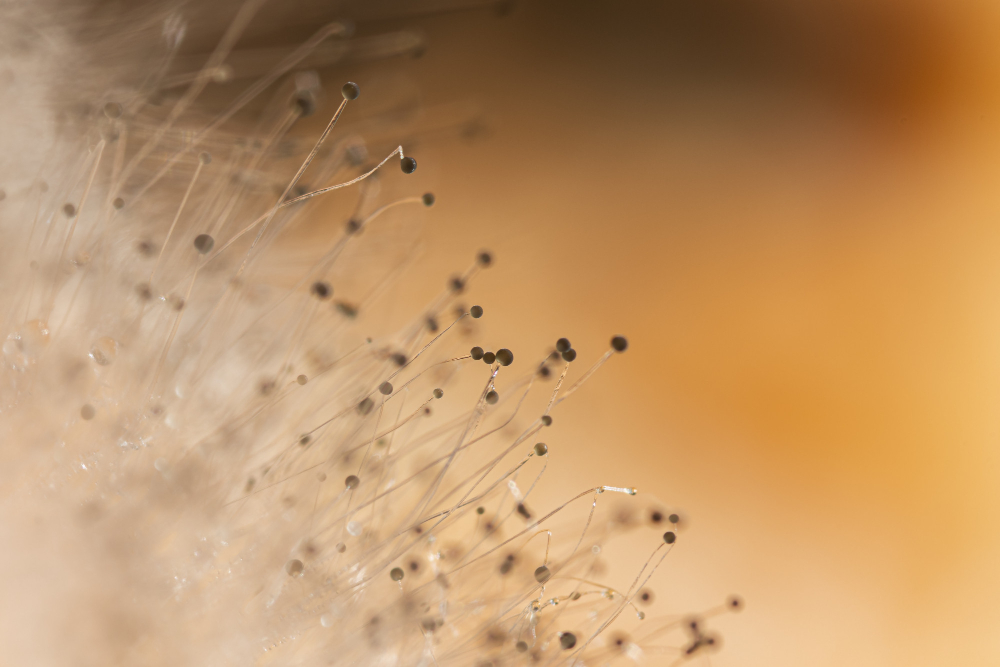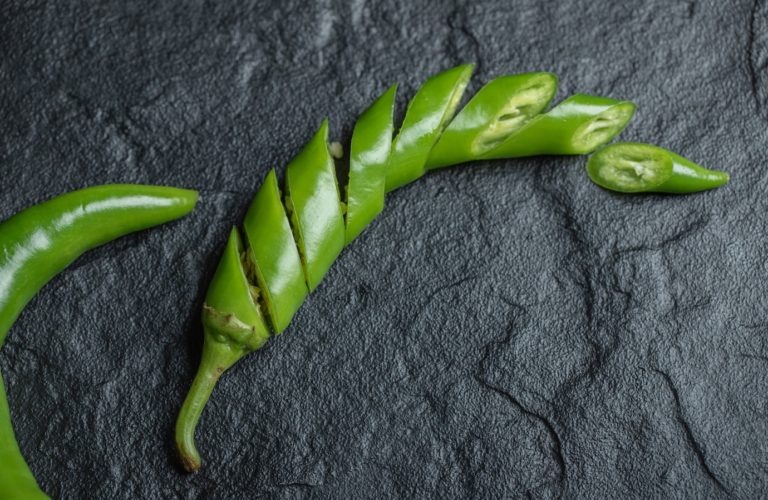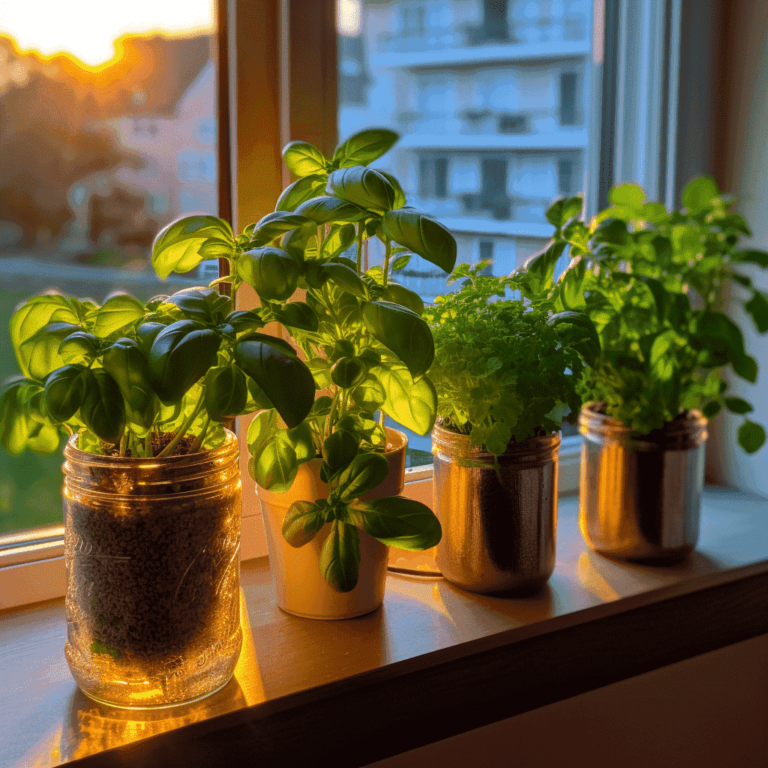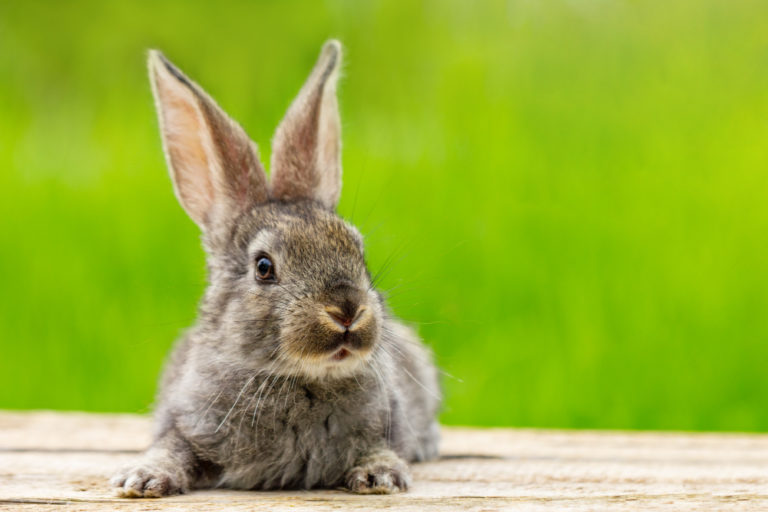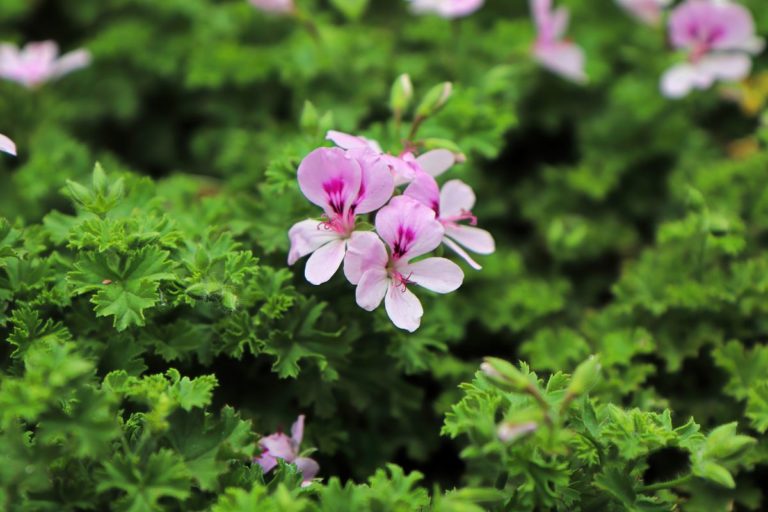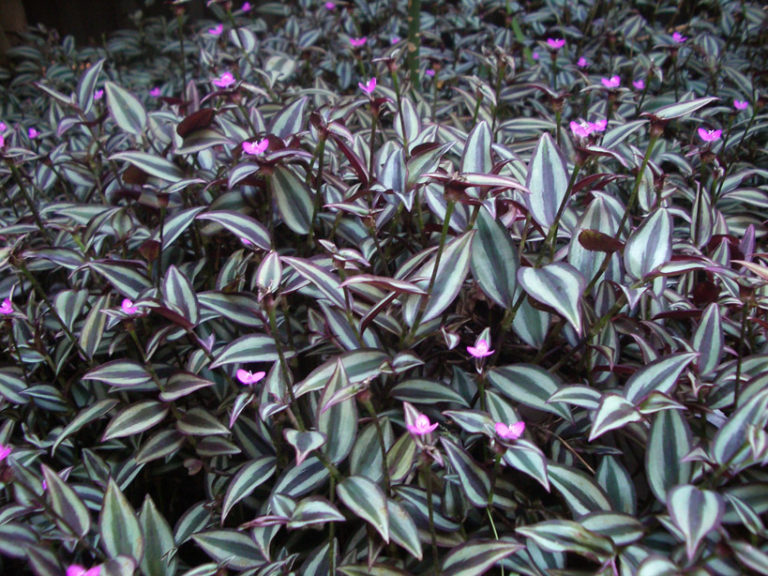Pumpkin Diseases and Pests: Best Ways to Get Rid of Them
Pumpkins are a popular crop in many parts of the world and are susceptible to many pests and diseases. Here is a brief overview of some of the most common pumpkin diseases and pests:
Pumpkin Diseases
Powdery mildew
Powdery mildew is a fungal disease affecting pumpkins’ leaves and stems. Powdery mildew appears as white or grayish powdery patches on the foliage. The leaves may become distorted, and the plant may be stunted. The fungus can spread quickly in humid conditions and can cause the leaves to turn yellow and drop off prematurely, making the plant more susceptible to other diseases.
Why is Powdery Mildew infecting my pumpkins?
Powdery mildew is not typically a pumpkin disease. Most often caused by a lack of air circulation around the affected plants. The fungus thrives in humid, stagnant air, so keeping your pumpkin patch well-ventilated is essential. You can also help prevent powdery mildew by watering your pumpkins at ground level rather than above.
If powdery mildew infects your plants, several fungicides can be used to treat the problem. With proper care and treatment, your pumpkins should be able to overcome this pesky fungal infection.
How to Prevent powdery mildew?
While powdery mildew can reduce the yield and quality of pumpkin fruits, it is not typically harmful to the plant itself. There are several steps that You can take to prevent powdery mildew from infecting their pumpkins:
- It would help if you chose resistant varieties of seeds to plant.
- You should avoid overcrowding their plants, as this can increase air circulation and reduce the chances of infection.
- It would be best if you watered your pumpkins at the base of the plant rather than above to prevent water droplets from spreading the fungus.
How To Get Rid of Powdery Mildew?
One effective method is to mix one part of milk with two parts of water and spray the mixture onto the affected areas.
Another option is to mix one tablespoon of baking soda with one gallon of water and spray the plant every 7-10 days. In addition, it is crucial to keep the area around the pumpkin plant free from debris and weeds, as these can provide a perfect environment for the fungus to thrive.
Downy mildew
Downy mildew is another fungal disease that affects pumpkins. Downy mildew appears as yellow or brownish spots on the leaves. The leaves may eventually turn brown and die. Downy mildew is often more severe in cooler, wet conditions. It can also reduce the photosynthetic ability of leaves, leading to reduced plant growth and yield.
Phytophthora Blight
Phytophthora blight is a water mold affecting pumpkins and other cucurbit plants. This disease is characterized by dark brown or black lesions on affected plants’ leaves, stems, and fruit. Phytophthora blight can cause fruit rot and may also lead to plant death.
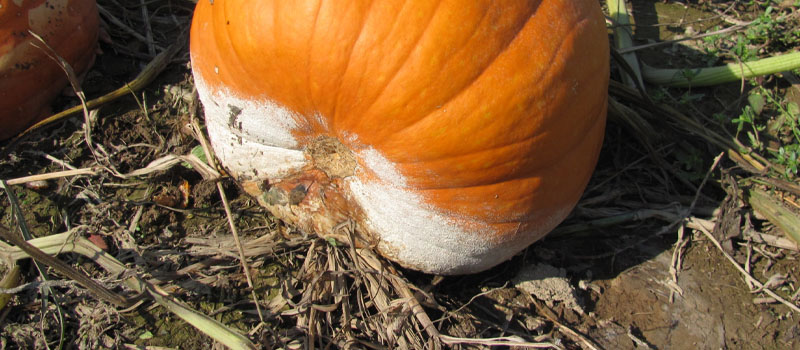
Anthracnose
Anthracnose is a fungal disease that can affect pumpkins and other cucurbit plants—small, dark lesions on affected plants’ leaves, stems, and fruit. Anthracnose can cause fruit rot and may also lead to plant death.

Fusarium Wilt
Fusarium wilt is a fungal disease affecting pumpkins and other cucurbit plants. Wilting leaves and stems, as well as yellow or brown lesions on the lower surface of leaves. Fusarium wilt can lead to plant death.
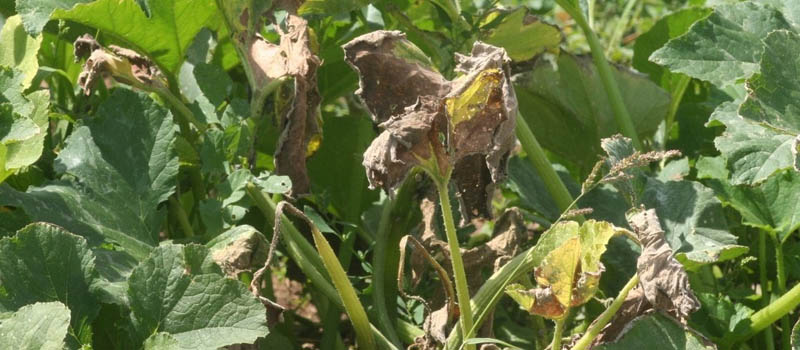
Verticillium Wilt
Verticillium wilt is a fungal disease. Wilting leaves and stems, as well as yellow or brown lesions on the lower surface of leaves. Verticillium wilt can lead to plant death.

How to get rid of pumpkin fungus?
The first step is to remove any affected leaves. This will help to prevent the fungus from spreading further. Once you remove all the affected leaves, you’ll need to disinfect your tools and equipment. This will help to prevent the fungus from spreading to other plants.
Finally, you’ll need to treat the soil with a fungicide. This will help to kill any remaining fungus and prevent it from returning in the future.
If you notice any fungus on your pumpkins, it’s vital to take action immediately. The fungus can spread quickly and cause severe damage to your plants.
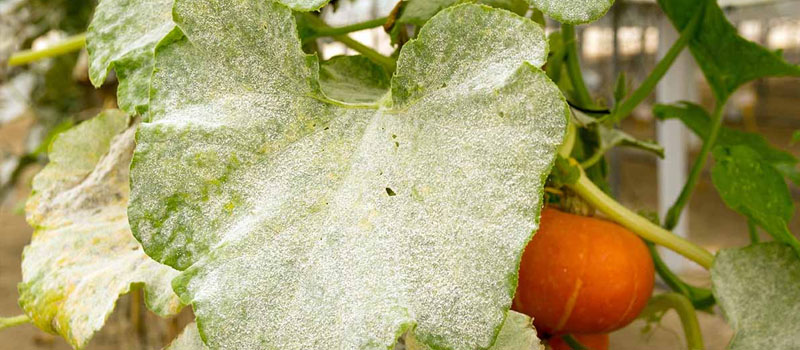
Viral Pumpkin diseases
Pumpkins can also be affected by viral diseases, including the cucurbit yellow stunting disorder virus, cucurbit aphid-borne yellows virus, and watermelon mosaic virus. Symptoms of these viral diseases include leaf yellowing, stunted growth, and fruit deformities.
Cucurbit Yellow stunting disorder virus (CYSDV)
CYSDV is a virus that can affect pumpkins and other cucurbit plants. This disease is characterized by stunted plant growth, yellowing leaves, and mosaic patterns on the leaves of affected plants. CYSDV can reduce plant yield
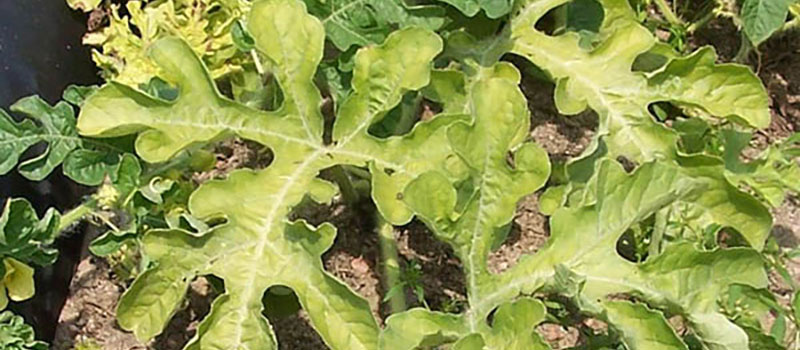
What is the cucurbit yellow stunting disorder virus?
The cucurbit yellow stunting disorder virus (CYSDV) is a plant virus that primarily affects cucurbit crops, such as cucumbers, squash, and melons. Whiteflies transmit the virus; symptoms include stunted growth, yellowing of leaves, and reduced fruit yields. CYSDV is a severe problem for farmers in affected regions, as it can lead to significant losses in crop production.
How to mitigate the impact of the virus?
Using insecticides to control whitefly populations and planting resistant varieties of cucurbits can mitigate the impact of the virus. Despite these measures, CYSDV remains a significant concern for many cucurbit growers.
Bacterial diseases such as bacterial wilt and soft rot can also affect pumpkins. Bacterial wilt causes the leaves to wilt and the plant to die. Soft rot causes the fruits to rot and collapse.
Pests that infest pumpkins
These pests can cause damage to the leaves, stems, and fruits of pumpkins.
Cucumber beetles
Cucumber beetles are one of the most common pests that affect pumpkins. These small, yellowish-green insects feed on the leaves and fruits of pumpkins, causing significant damage. In addition to direct feeding damage, cucumber beetles can also transmit diseases that can weaken plants and reduce yields.
Regarding the cucumber beetles, it is important to remove their overwintering sites. You can do this by tilling fields in the fall and destroying any crop residue. In addition, insecticide applications should be made early in the season before cucumber beetles have a chance to lay their eggs.

Squash bugs
Squash bugs are a common problem for gardeners who grow pumpkins. These pests feed on the leaves of the plant, causing them to turn brown and wilt. In severe cases, squash bugs can kill a pumpkin plant. Inspecting your plants regularly and removing any that you find is essential.
With a little effort, you can enjoy a bountiful pumpkin harvest – without those pesky squash bugs getting in the way. Remember, prevention is the best cure for squash bugs, so start with healthy plants and keep your garden clean. You can also try an insecticide, which should be used as a last resort.

Aphids
Aphids are tiny, sap-sucking pests that can cause severe damage to pumpkin plants. These pests are often found in large groups on the undersides of leaves, feeding on the plant’s sap. Aphids can weaken the plant and make it more susceptible to disease. In severe cases, aphids can cause the plant to die.
Farmers may use various methods to control aphids, including spraying the plants with insecticidal soap or releasing predators such as ladybugs into the field/garden. In some cases, removing heavily infested plants from the field may also be necessary to prevent the spread of these pests.

Related Posts:

